If you’ve ever walked out of the gym feeling your quads and glutes burning but your calves lagging behind, you’re not alone. Building strong, well-shaped calves takes intention, and understanding standing and seated calf raises can help you train smarter, not just harder.
What Muscles Do Seated Calf Raises Work?
The seated calf raise machine muscles worked primarily include the soleus, a deep muscle underneath the larger gastrocnemius. While the standing calf raise emphasizes the gastrocnemius due to your knees being straight, the seated position bends your knees, shifting the load onto the soleus. This makes the seated version critical if you want complete calf development and not just the upper “diamond” shape.
How to Do a Seated Calf Raise
If you’re wondering how to seated calf raise effectively, follow these steps:
-
Sit on a seated leg calf raise machine with your toes on the platform and heels hanging off.
-
Rest your thighs under the padded lever and unlock the safety bar.
-
Lower your heels until you feel a stretch in your calves.
-
Press through the balls of your feet to lift the weight as high as possible, squeezing your calves at the top.
-
Pause briefly, then lower under control.
If you don’t have a machine, you can perform sitting calf raises at home by sitting on a sturdy chair with your feet on a block and a weight on your knees, replicating the same controlled movement pattern.
Are Seated Calf Raises Necessary?
Many lifters wonder, “Are seated calf raises necessary?” If your goal is balanced calf development, they are highly beneficial. The soleus has a higher percentage of slow-twitch muscle fibers, requiring higher volume and direct training for full growth. Standing calf raises alone will not fully engage the soleus under load, which can limit your lower leg thickness over time.
Leg Press Calf Raise vs. Standing Calf Raise
Some gyms lack a standing calf raise machine, leading people to perform leg press calf raises instead. While leg press calf raises can build strength and allow for heavy loading with reduced spinal stress, they do not replicate the same stabilizer activation you get from standing calf raises. The standing variation also improves ankle stability and functional strength, while the leg press version is useful for higher rep sets when your lower back is fatigued.
My Experience Training Calves
For years, I focused only on standing calf raises, wondering why my calves looked the same despite heavy training. It wasn’t until I consistently added seated calf raises that I noticed a change in thickness around my lower calves and improved ankle stability during heavy squats. Training both variations in the same week, using higher reps on the seated calf raise to target the soleus, helped me finally break through plateaus that had frustrated me for years.
Programming for Complete Calves
To build strong, aesthetic calves:
-
Train standing calf raises 1-2 times per week with moderate weight for 8-12 reps, focusing on a deep stretch.
-
Train seated calf raises 1-2 times per week with slightly higher reps (12-20) to effectively target the soleus.
-
Incorporate leg press calf raises if you need volume without lower back fatigue.
Conclusion
If you want complete calf development, skipping seated calf raises is a mistake. The seated calf raise soleus focus combined with the gastrocnemius-dominant standing calf raise will help you build balanced lower legs that are strong and well-shaped, improving your performance in squats, running, and even daily activities.
Whether you train at home or in the gym, learning how to perform these movements properly will give your calves the dedicated attention they deserve and ensure you’re training with intention for long-term growth.


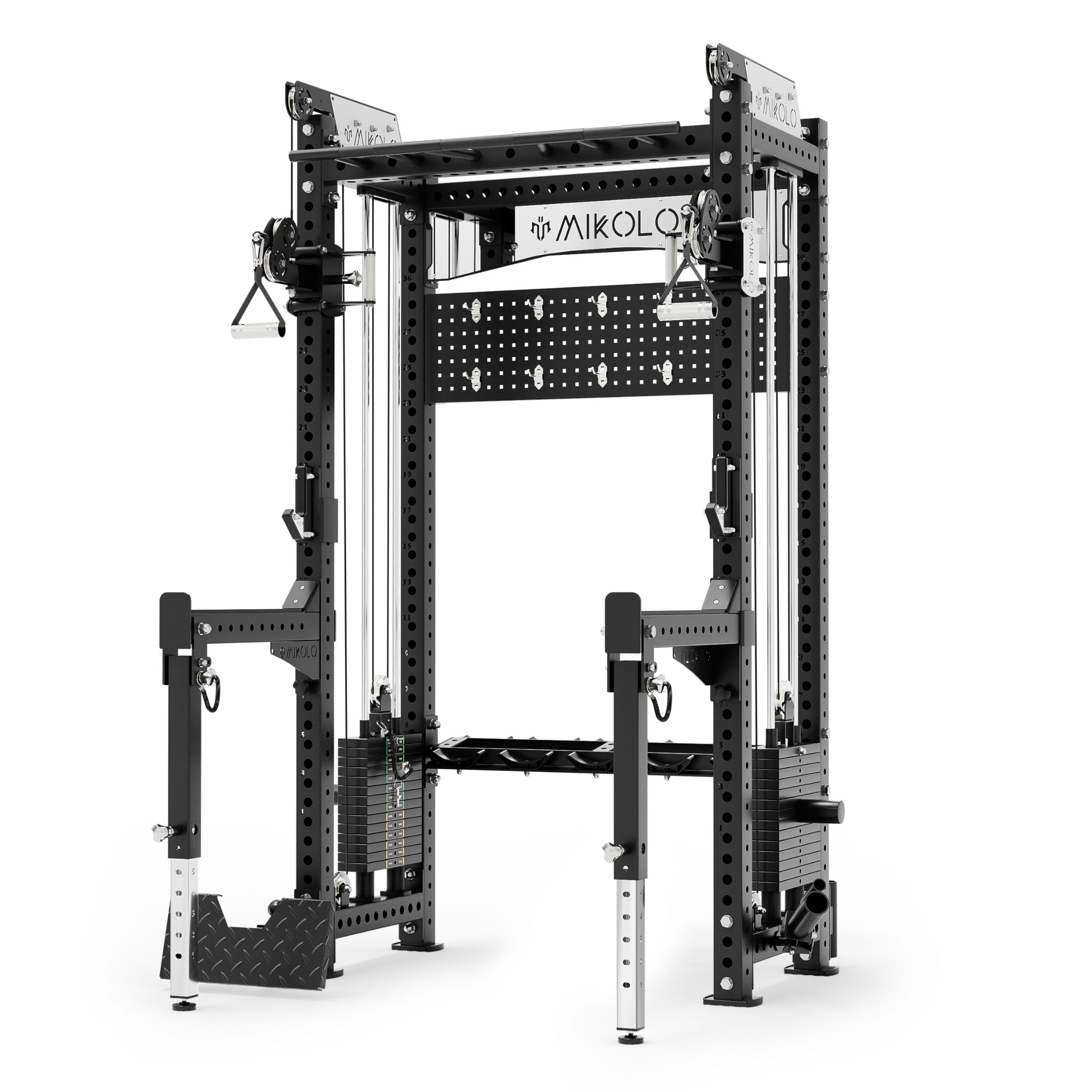
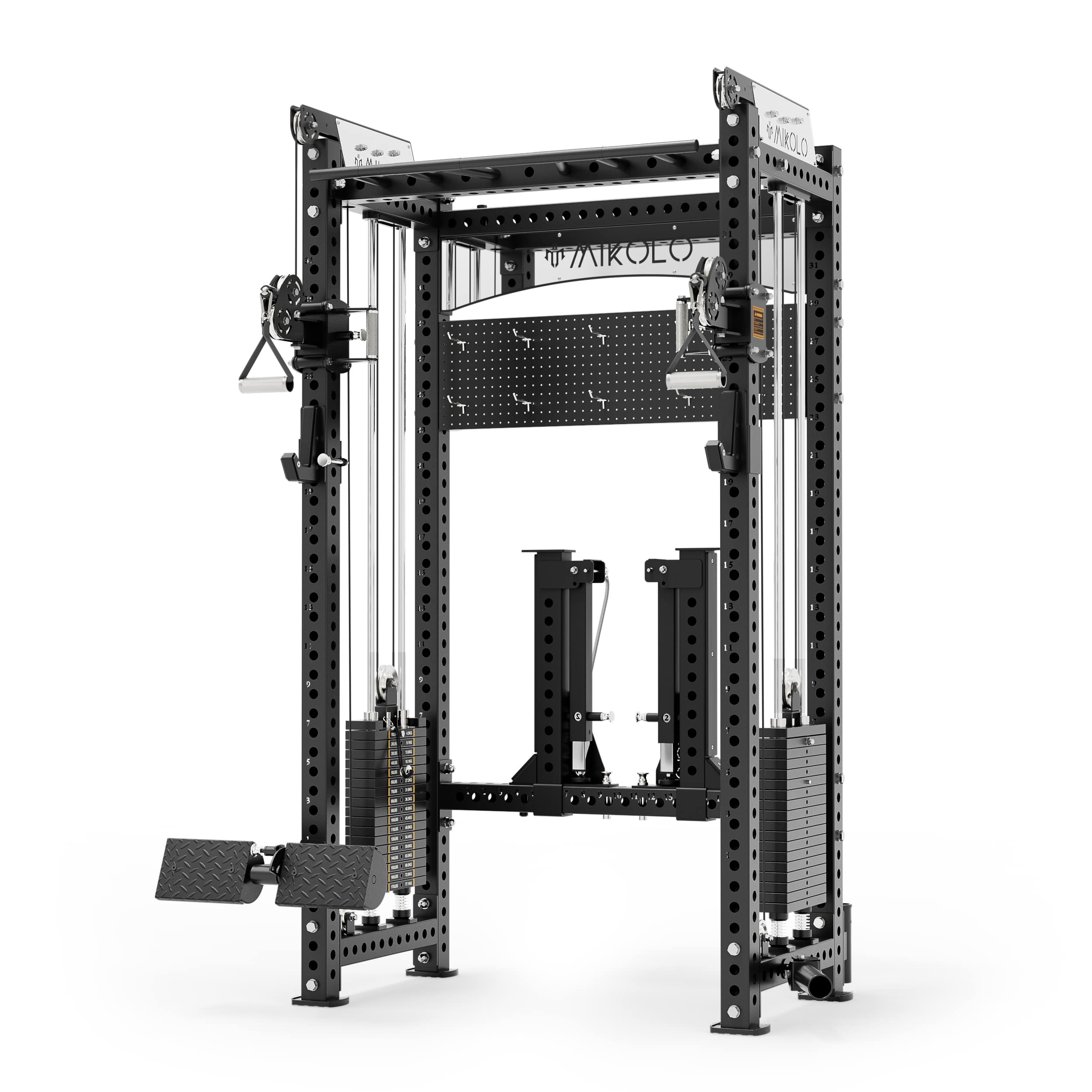
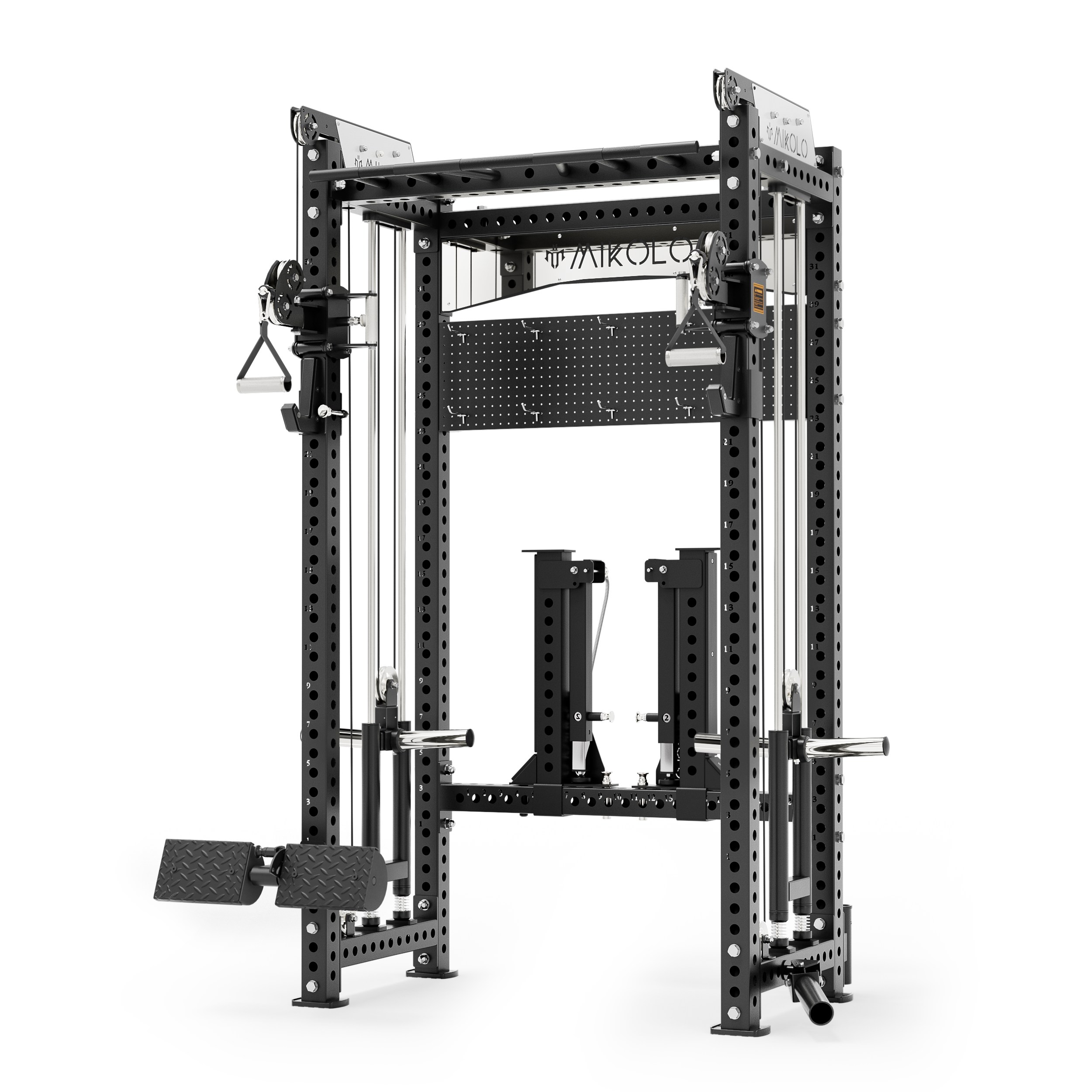
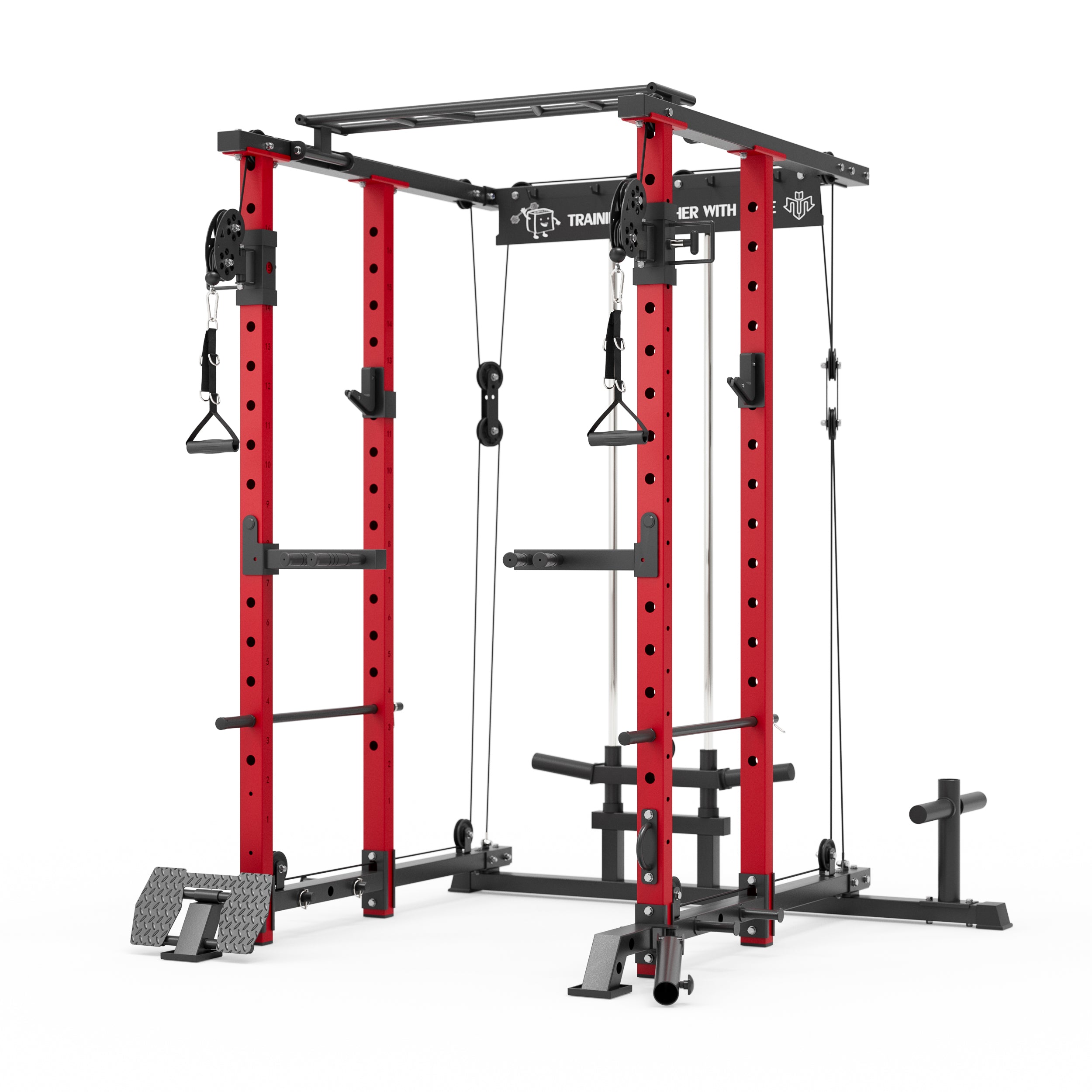

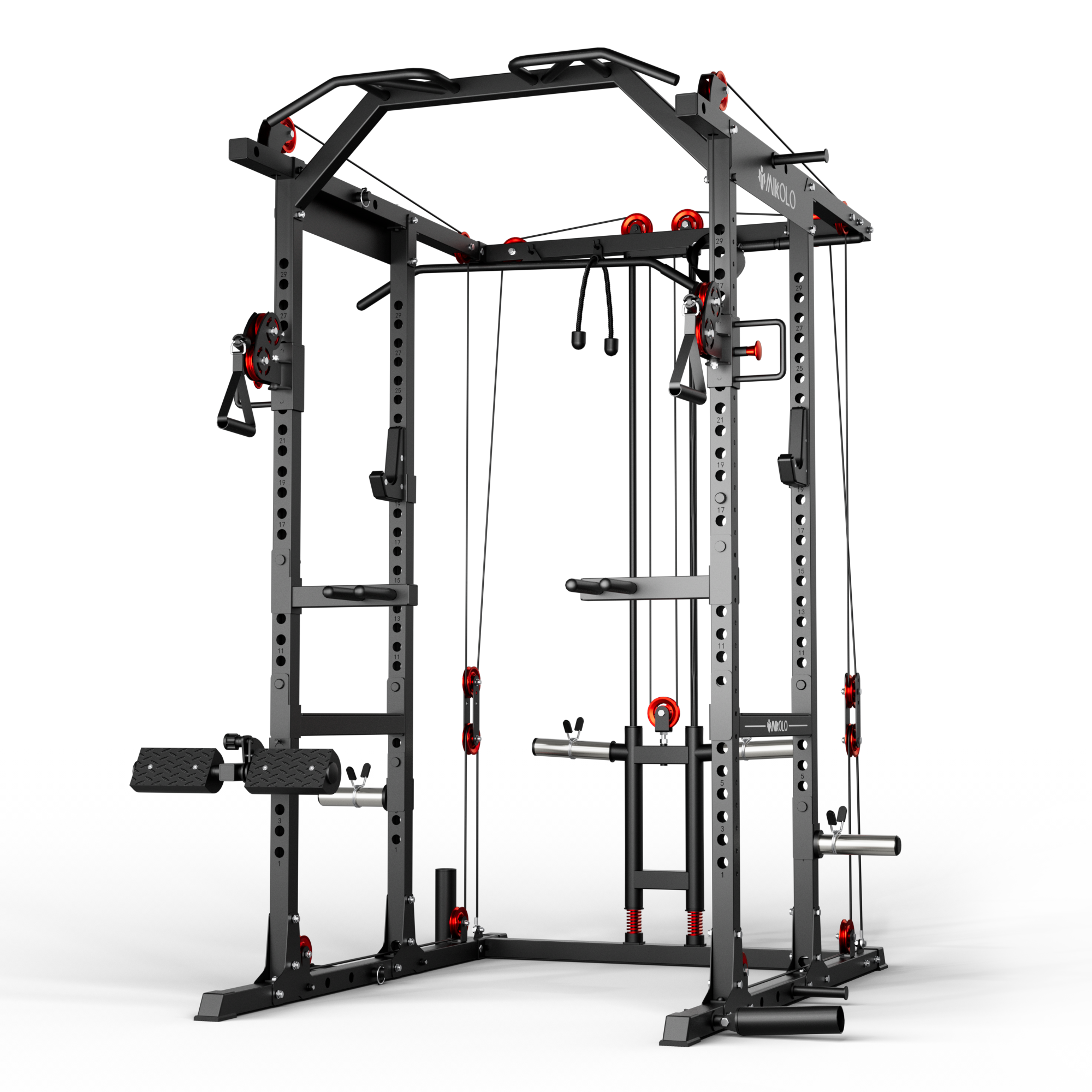
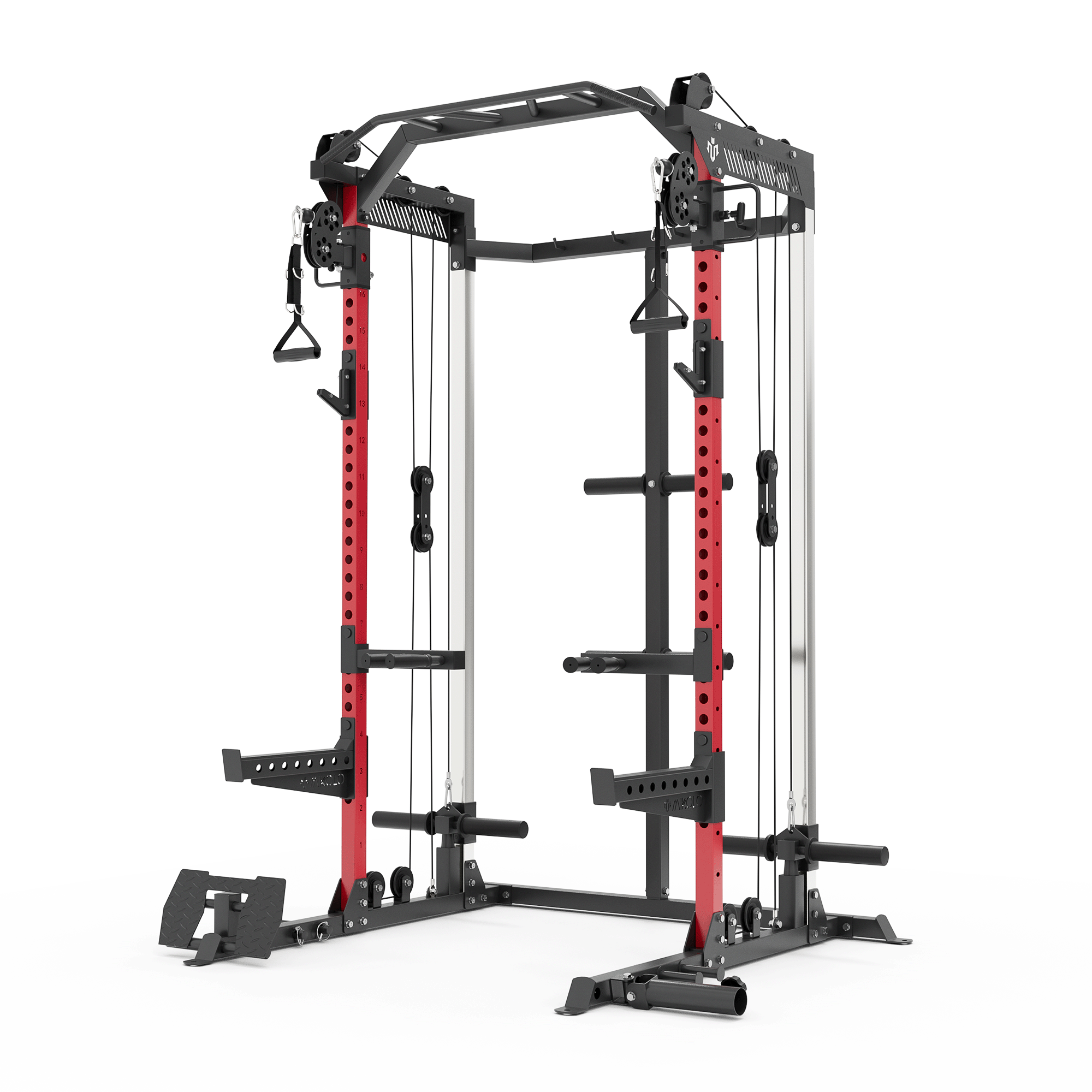

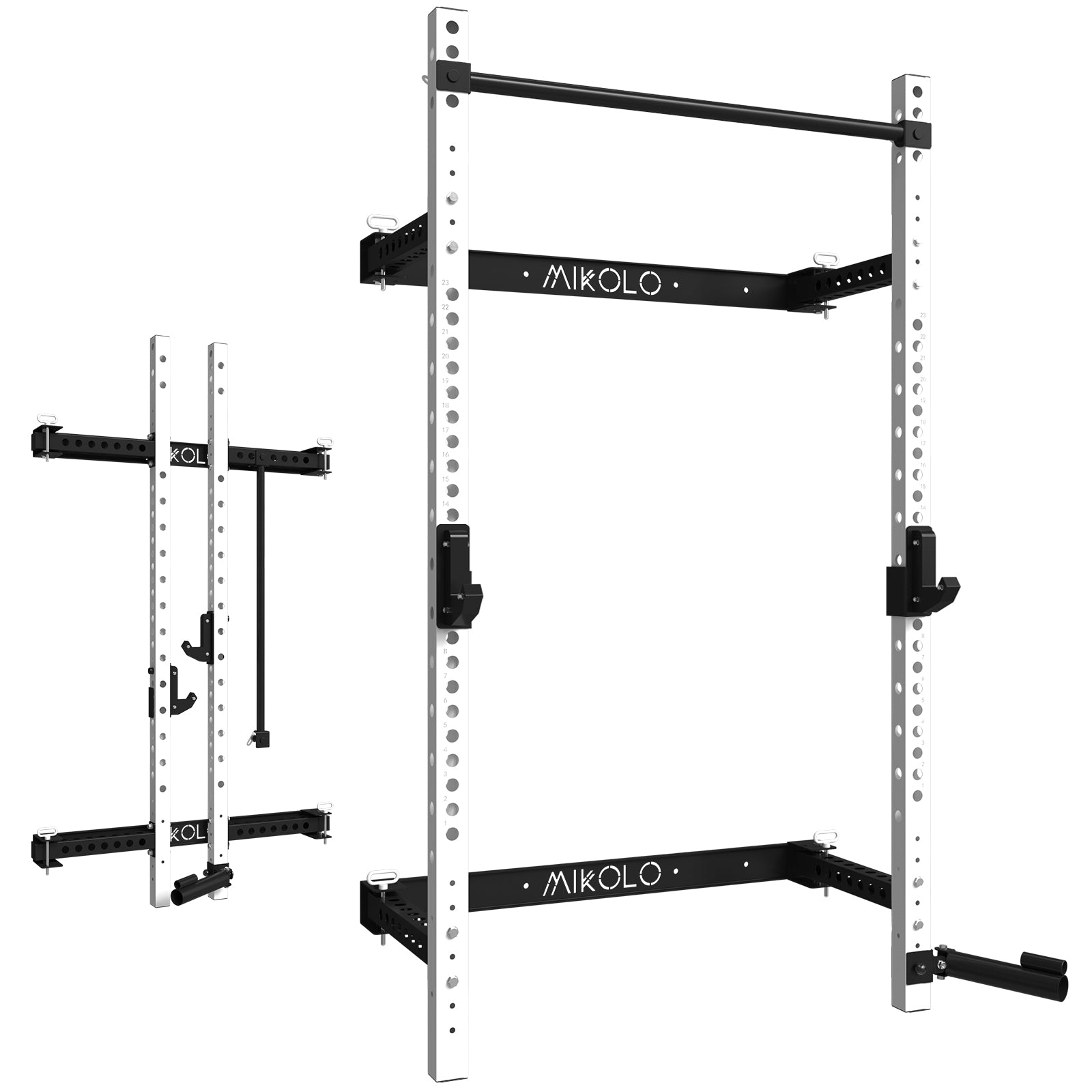


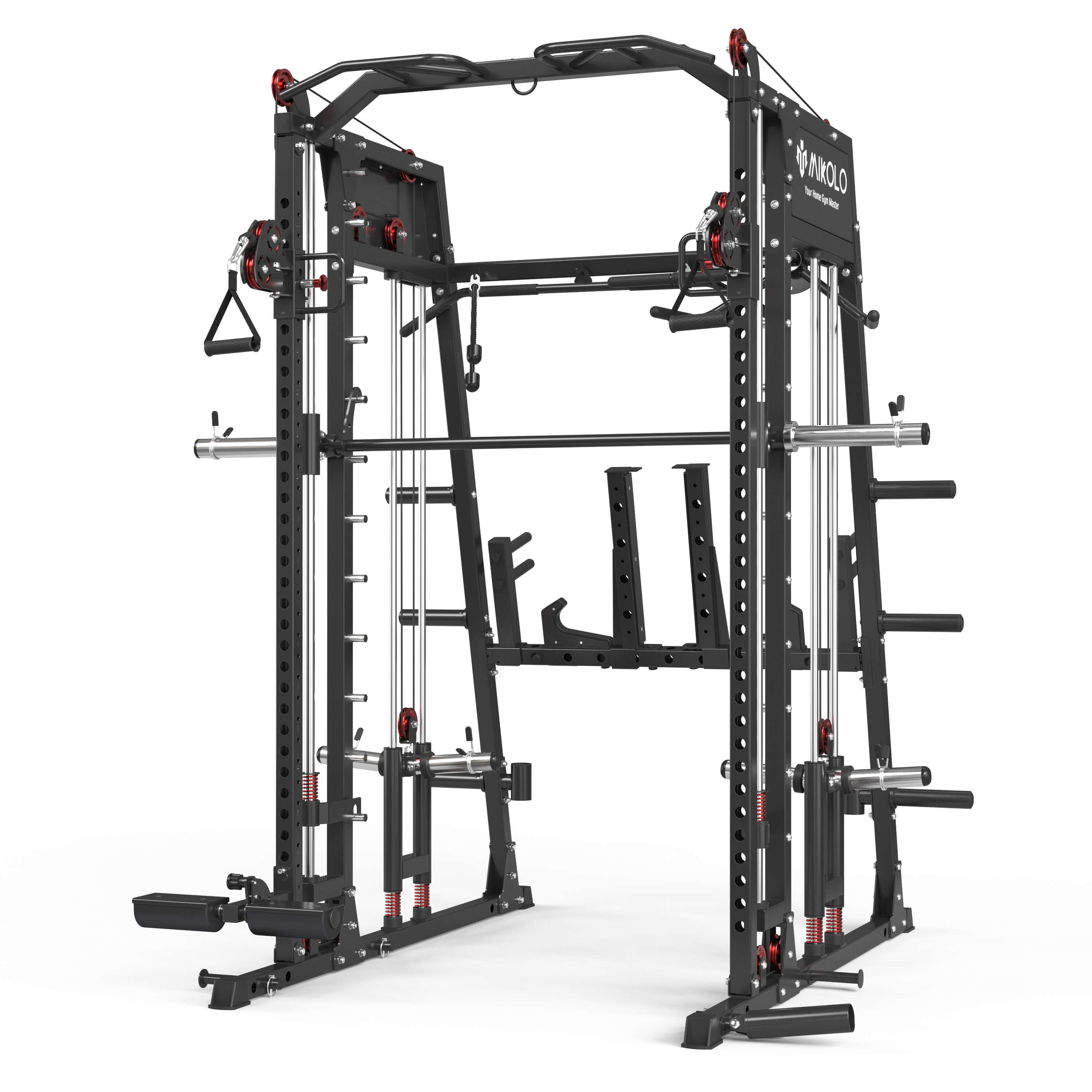
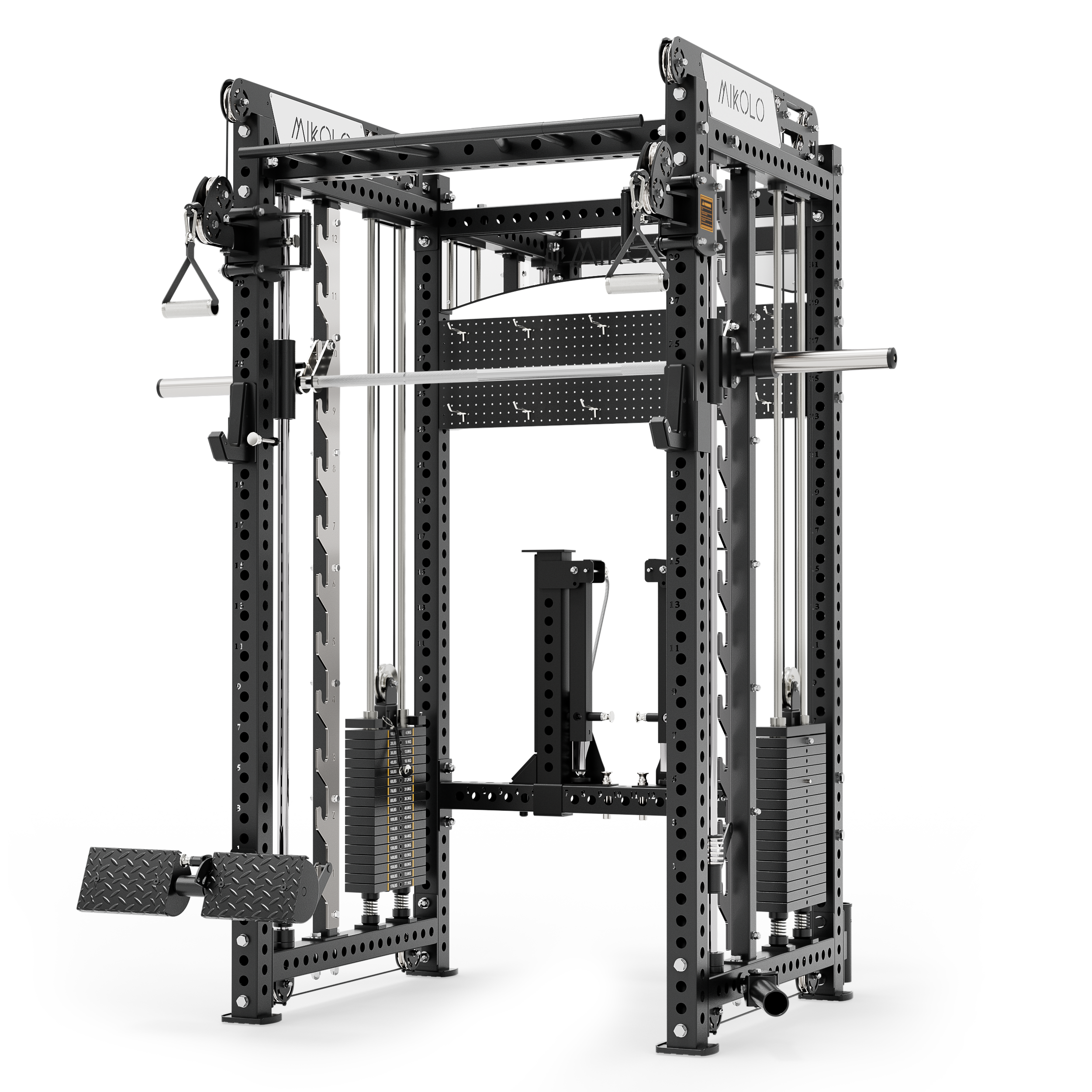
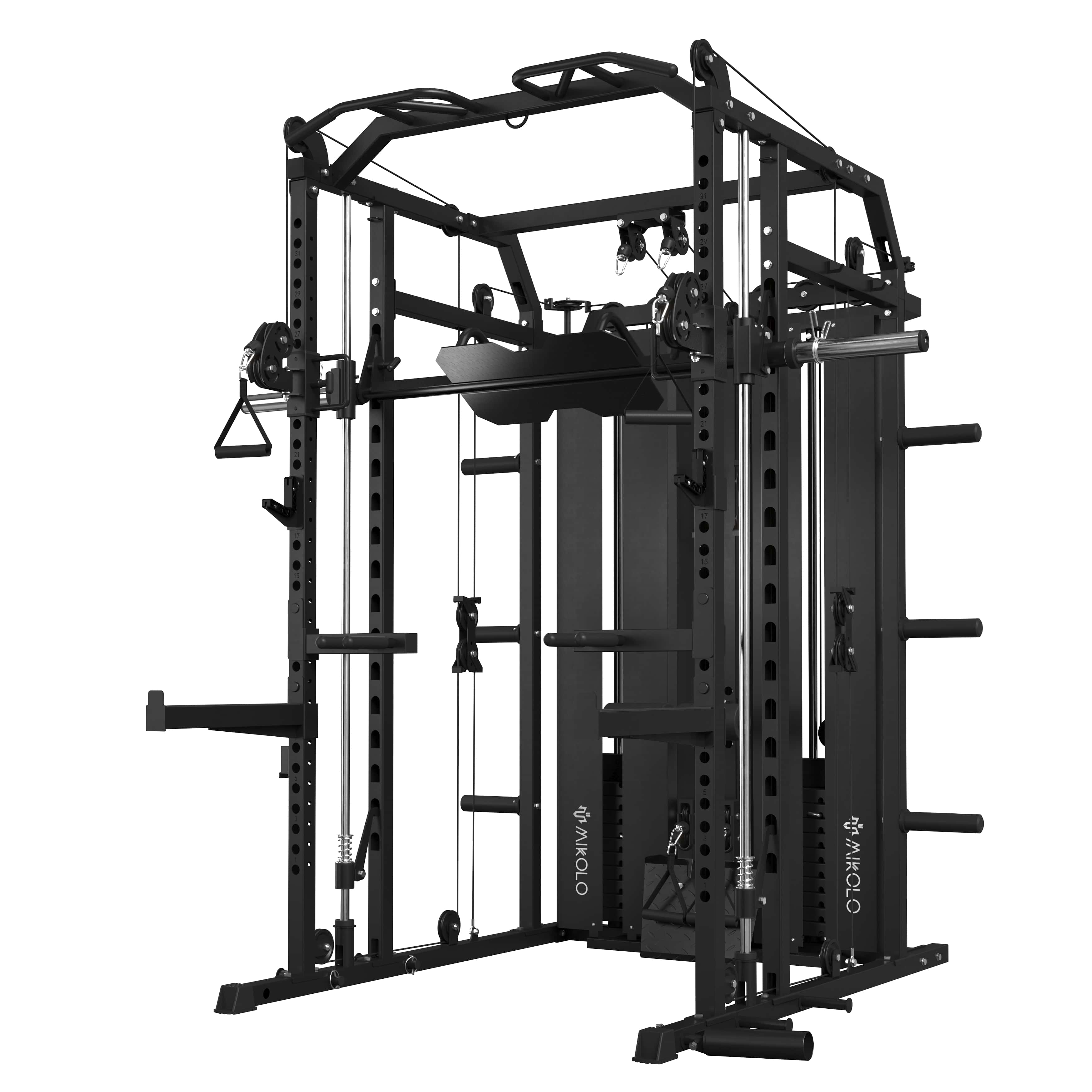
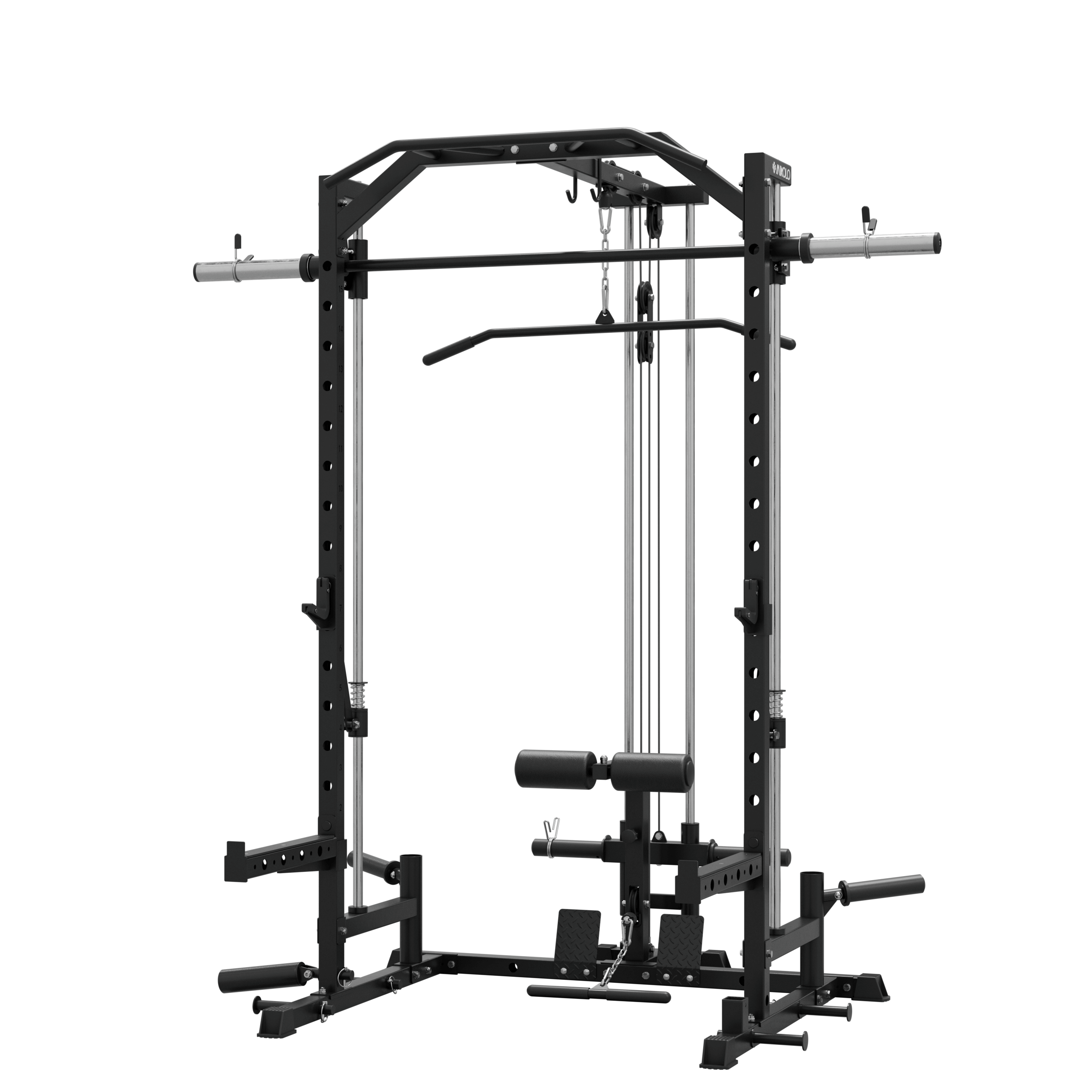
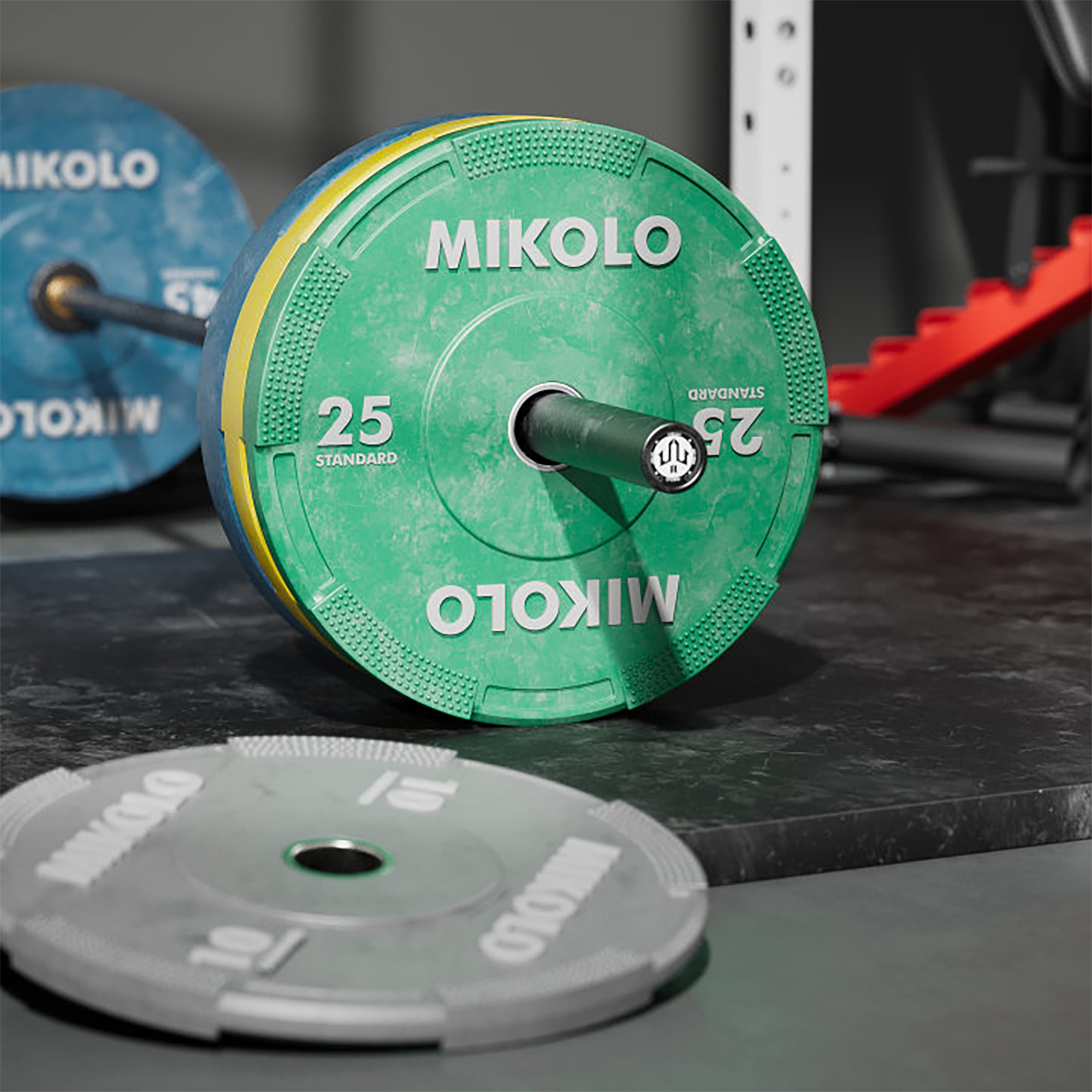
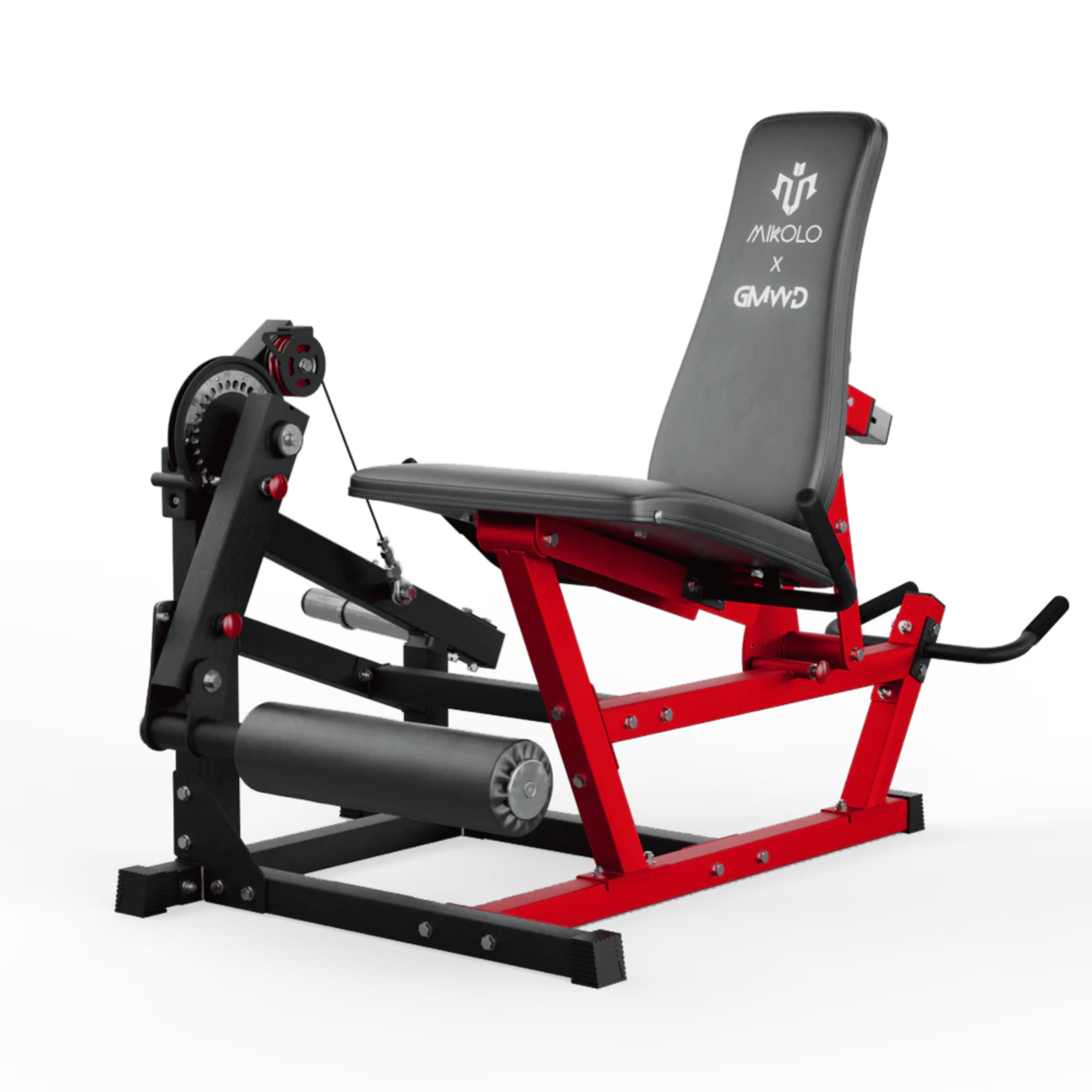
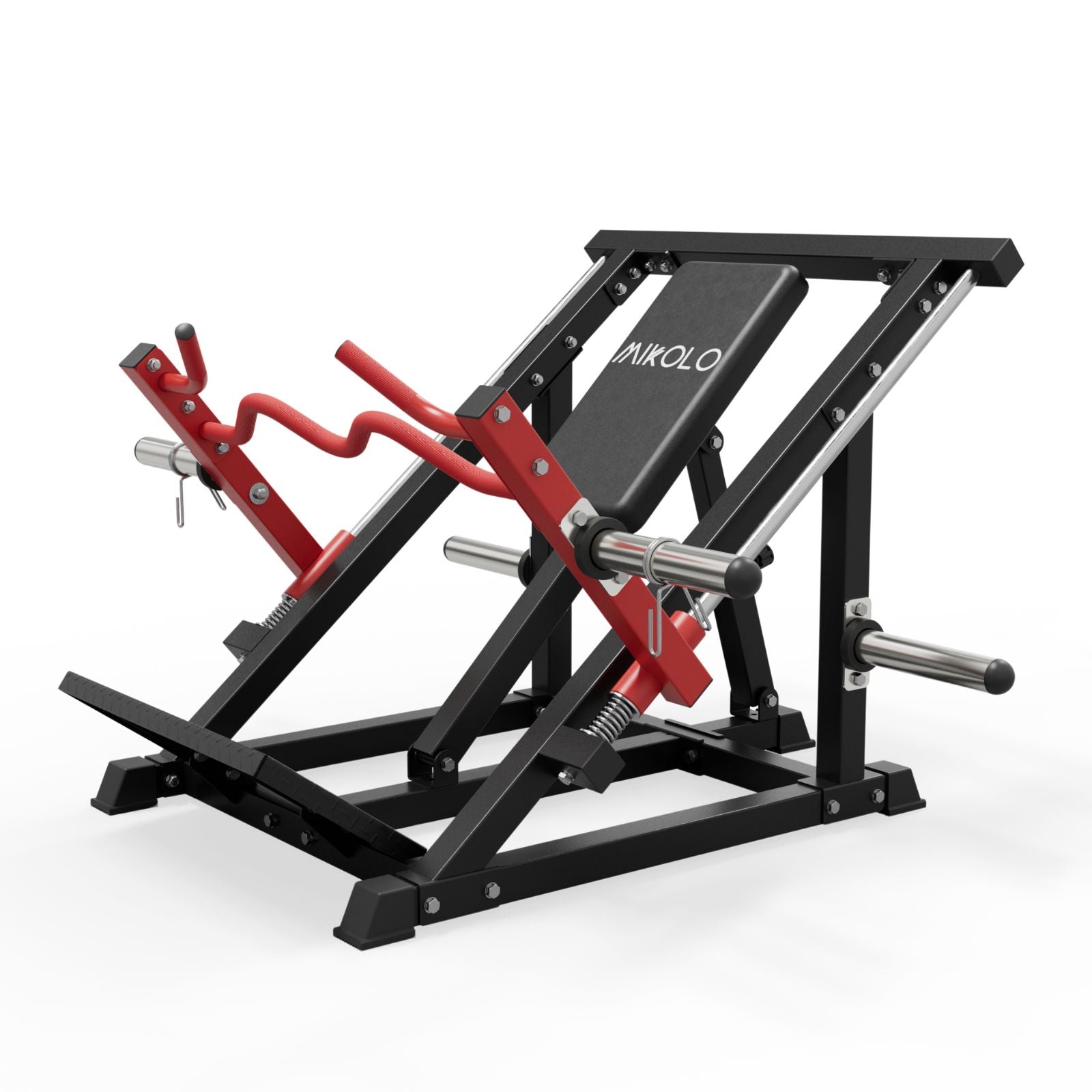
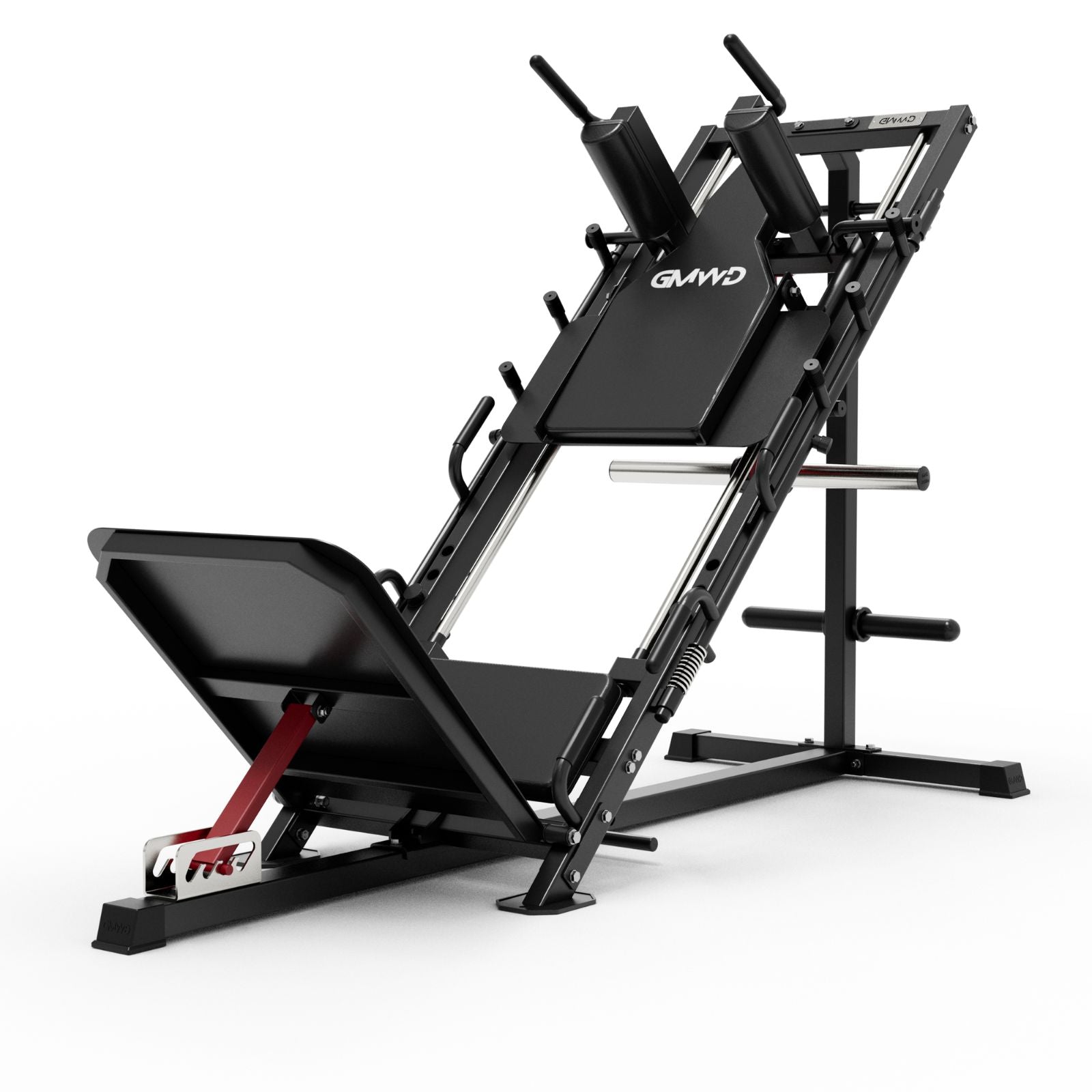


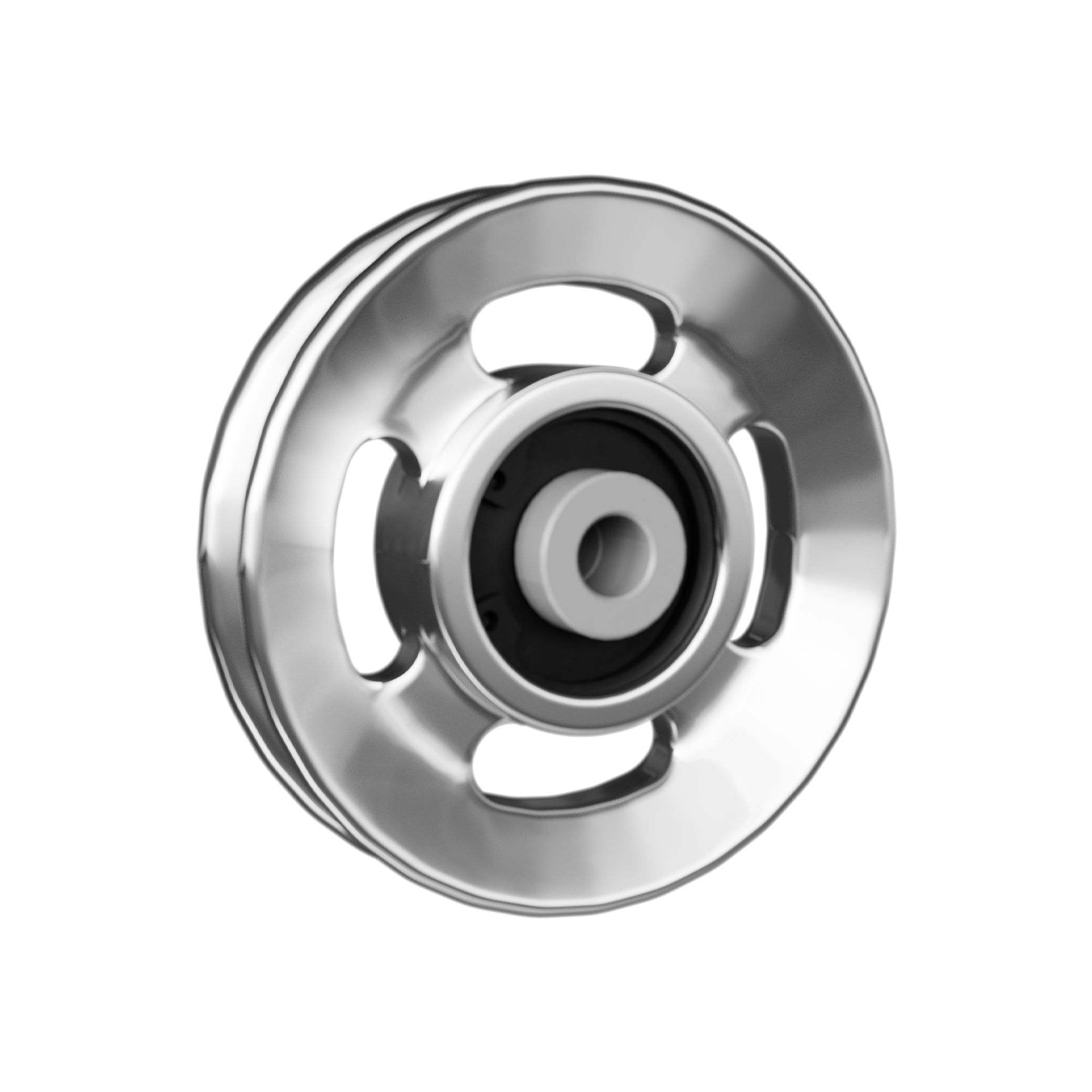
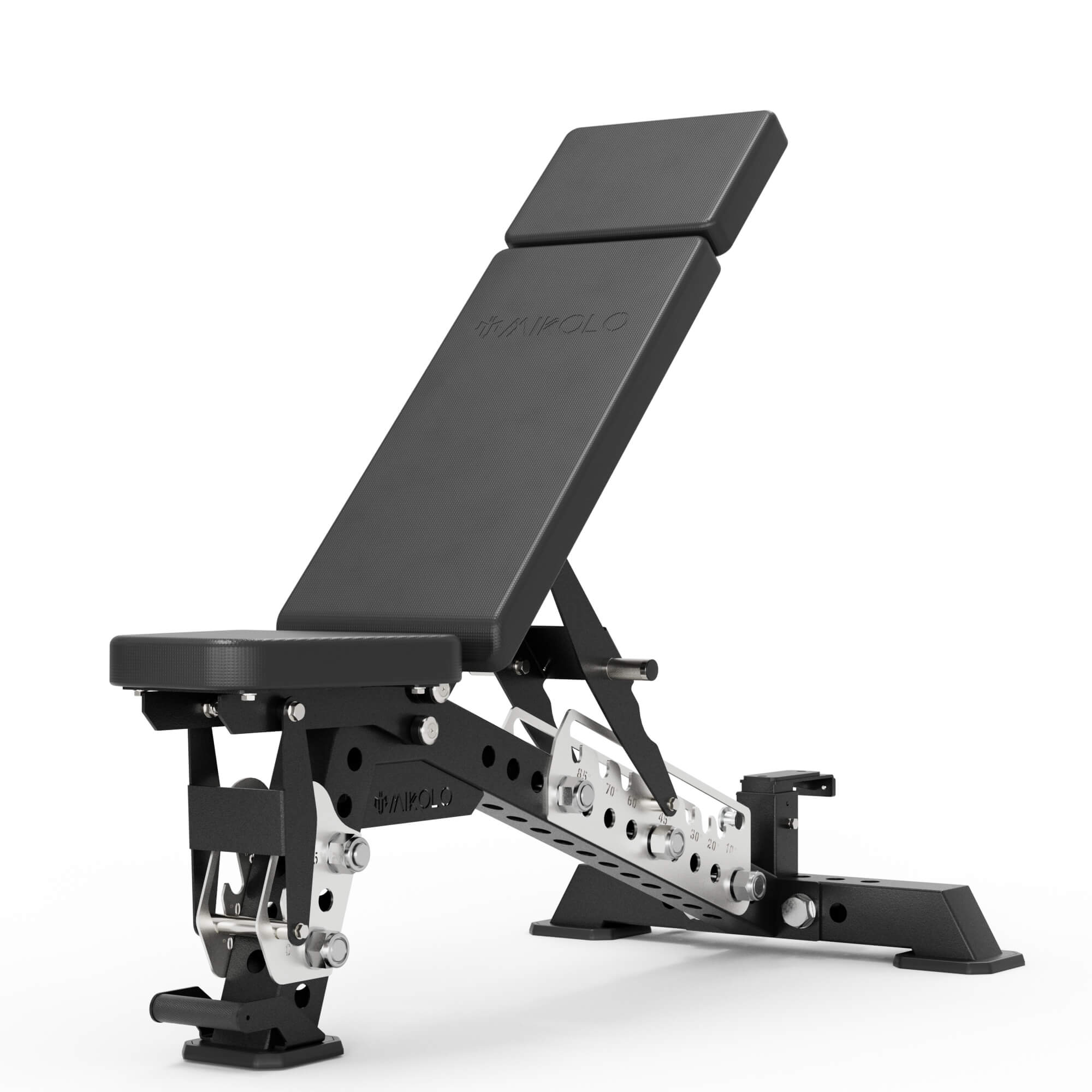


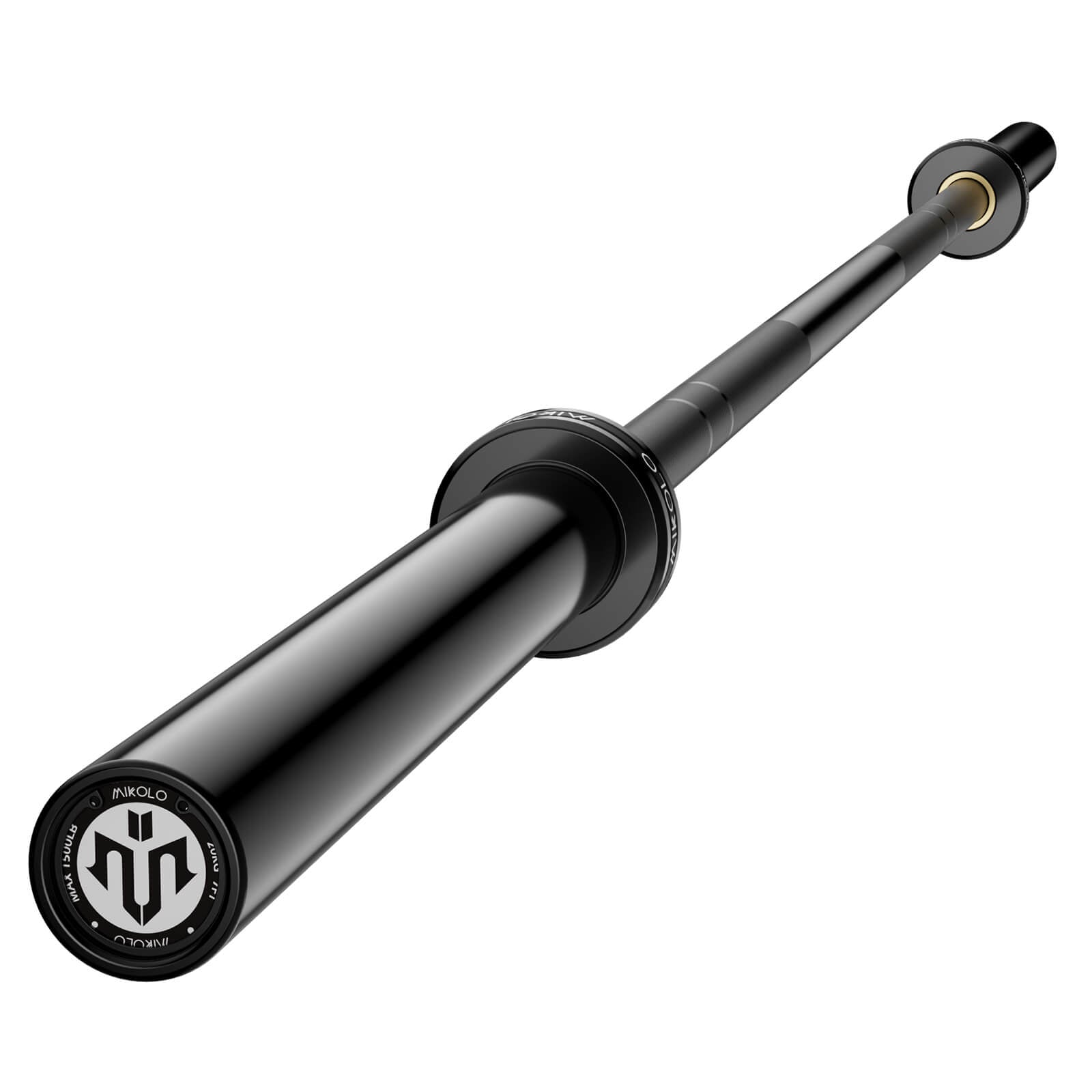

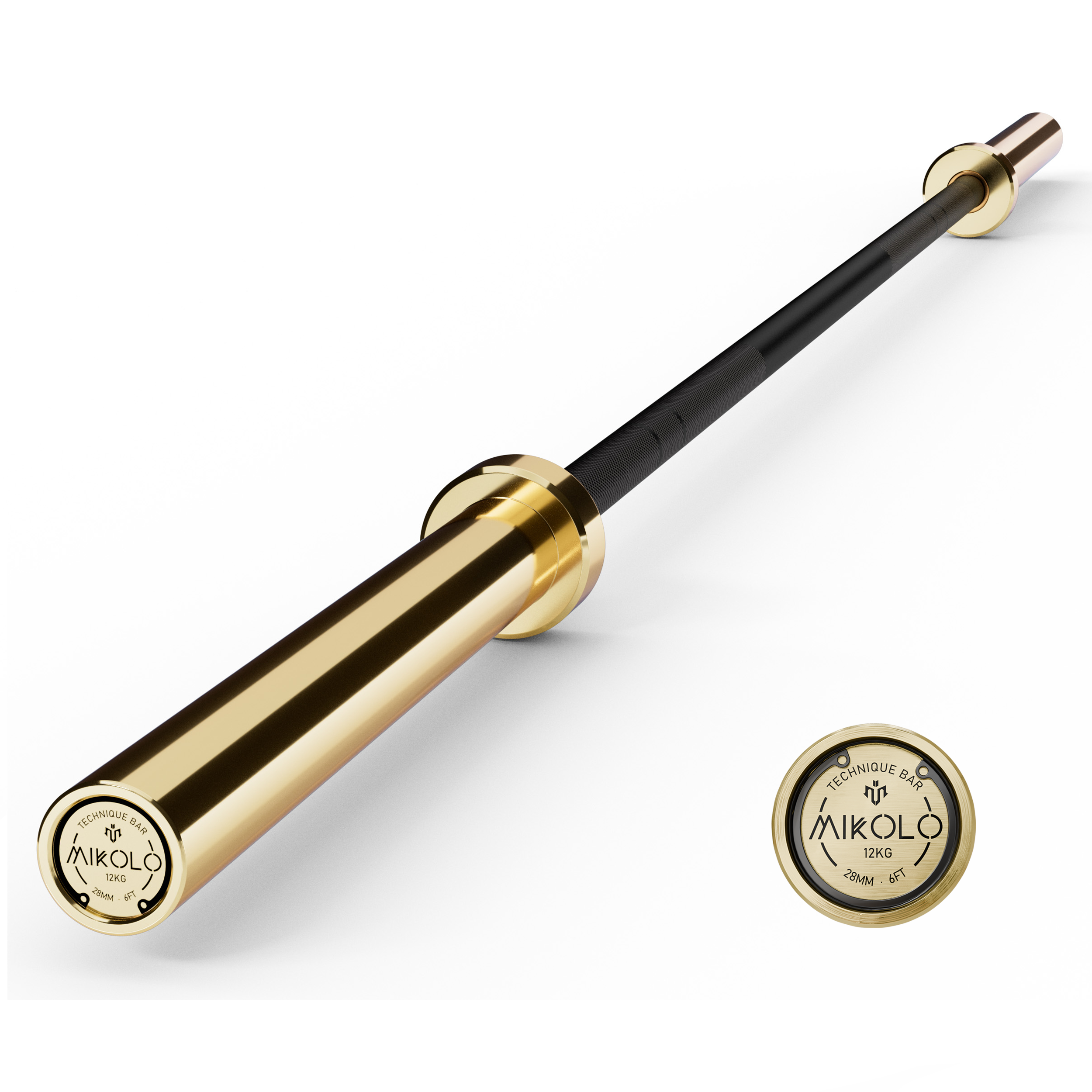
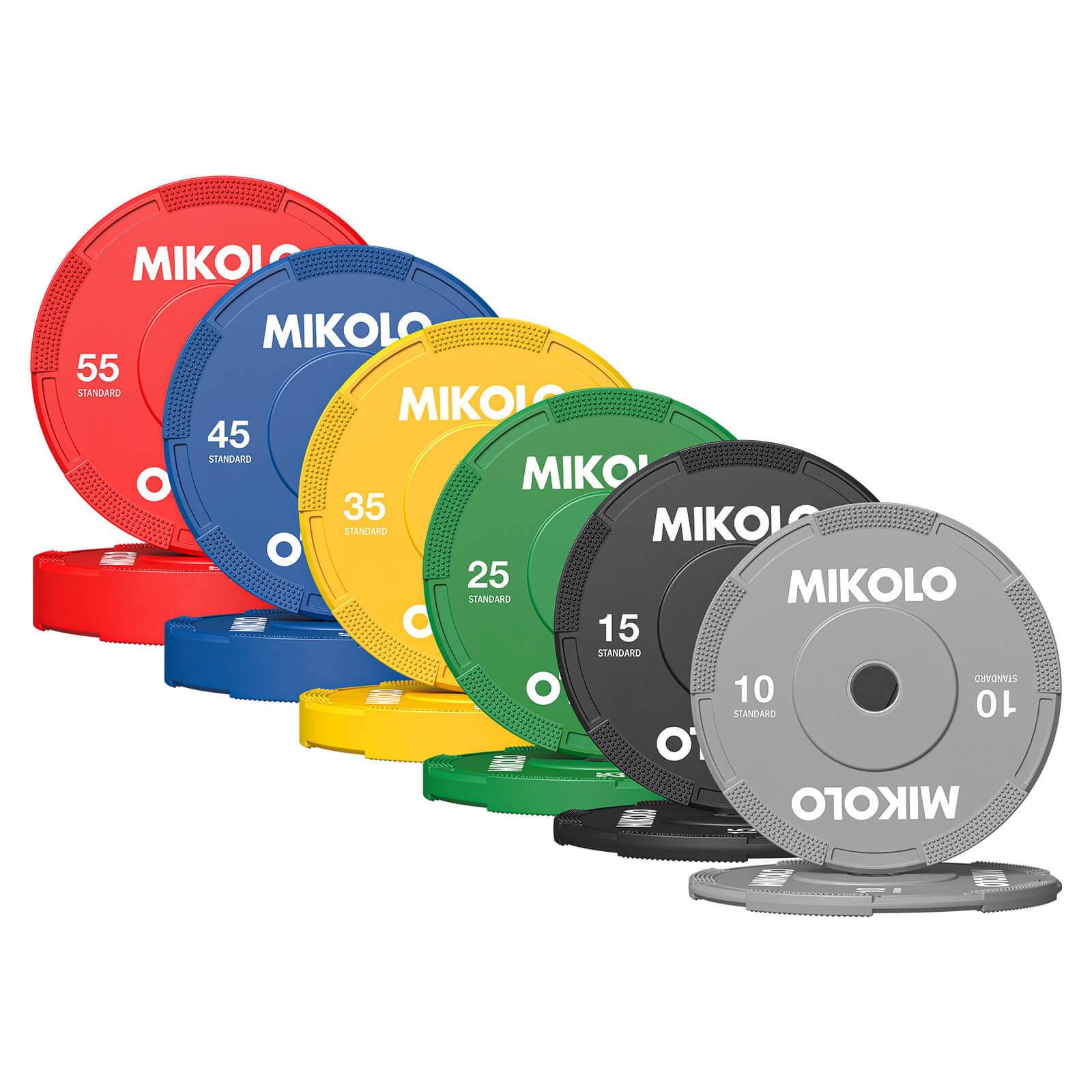
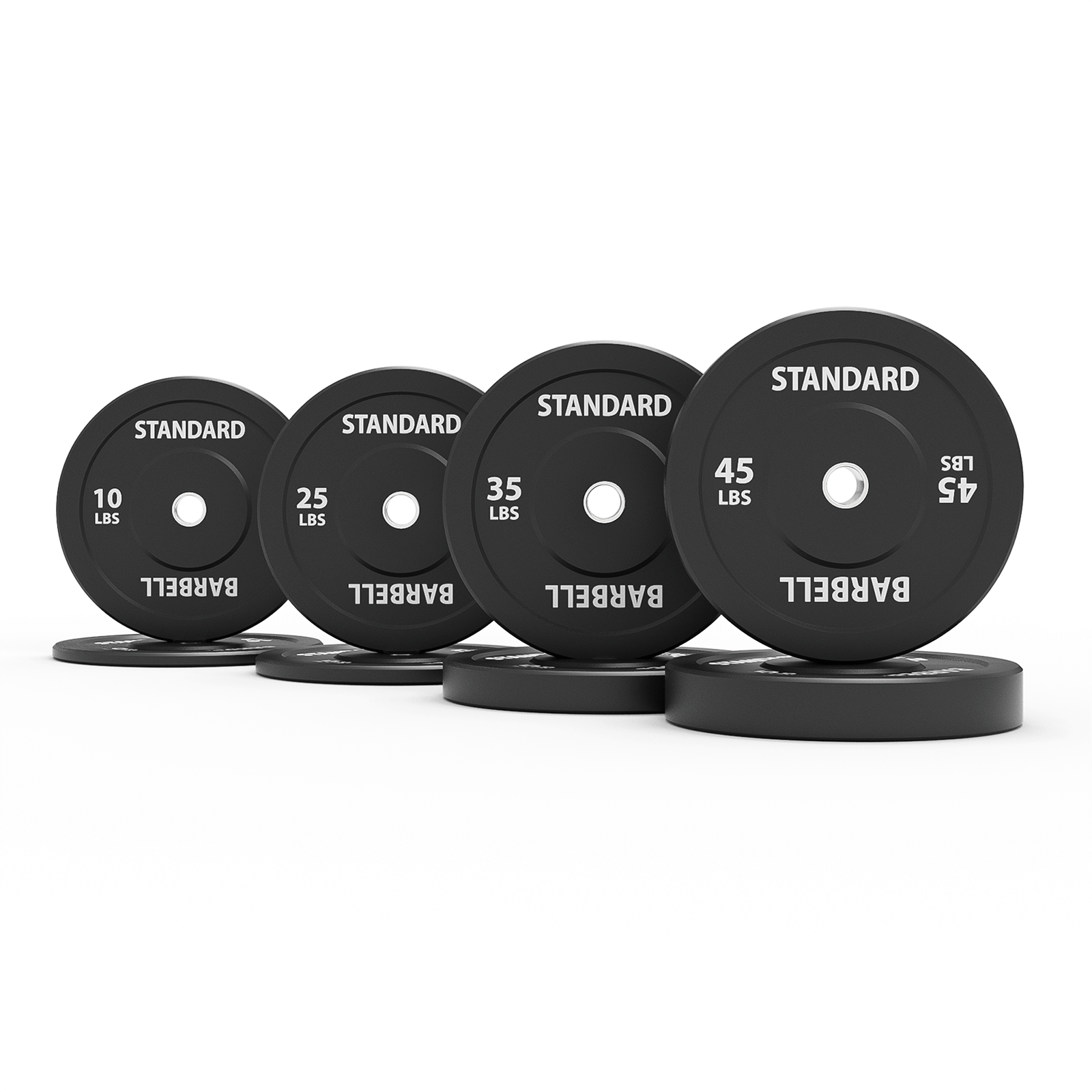
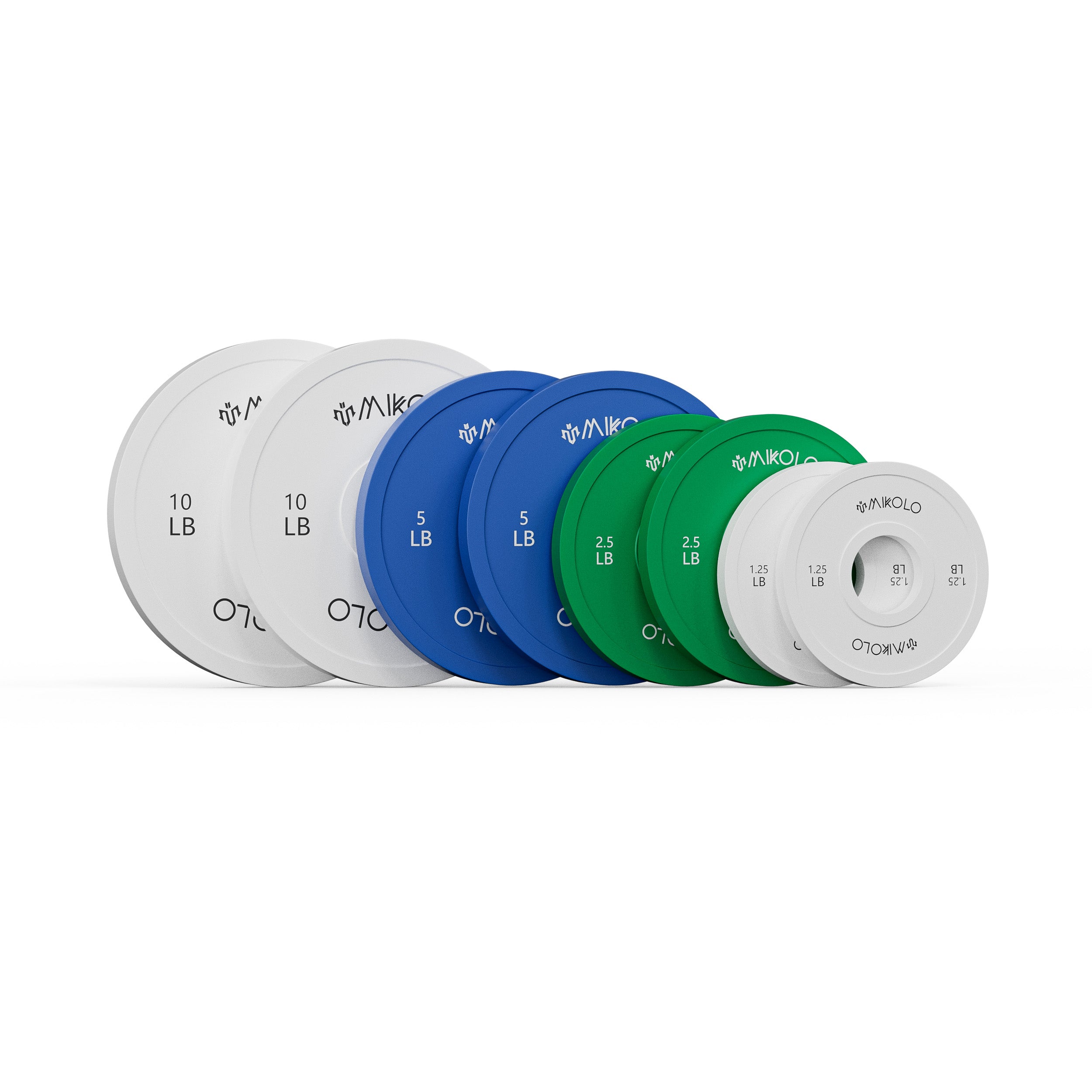
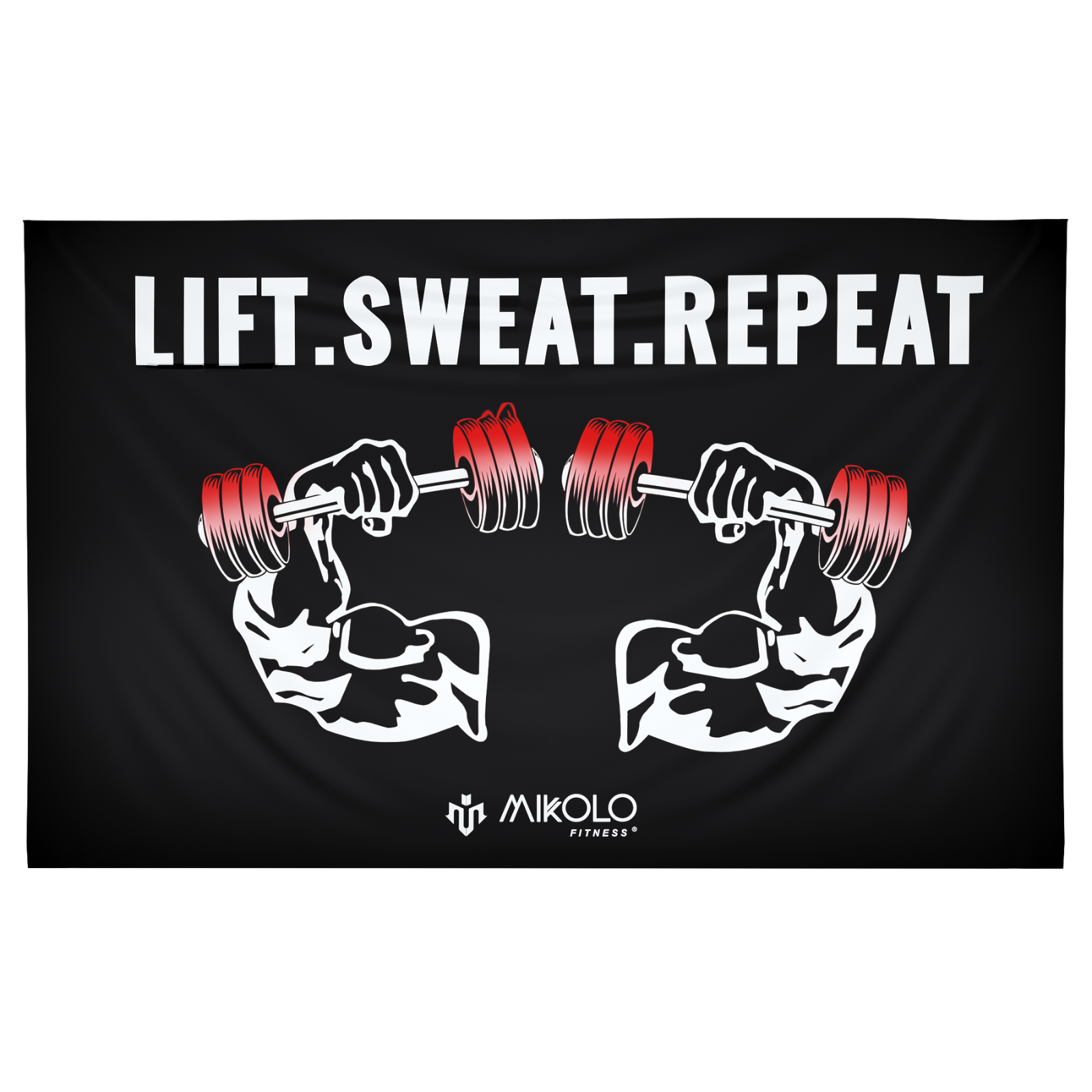
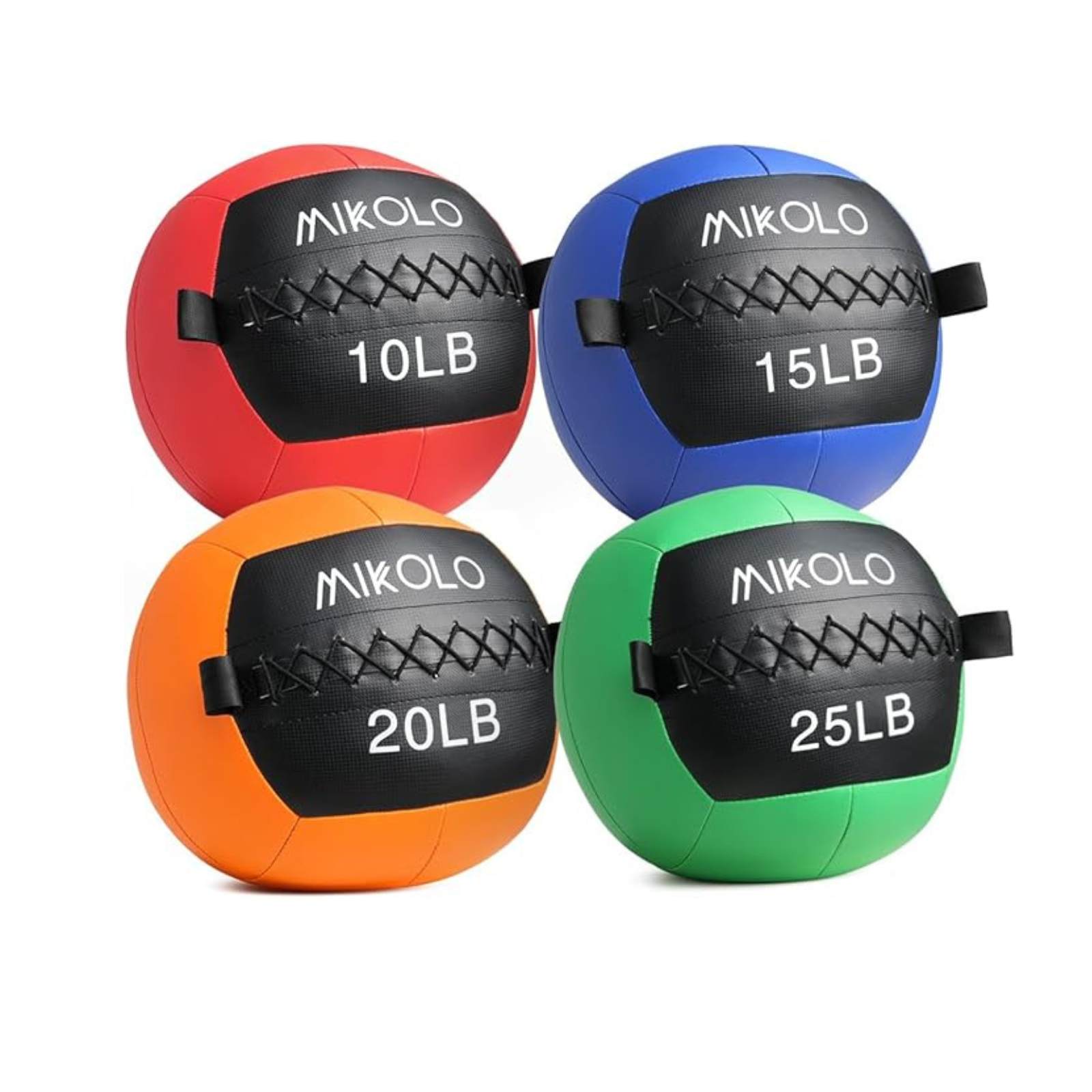
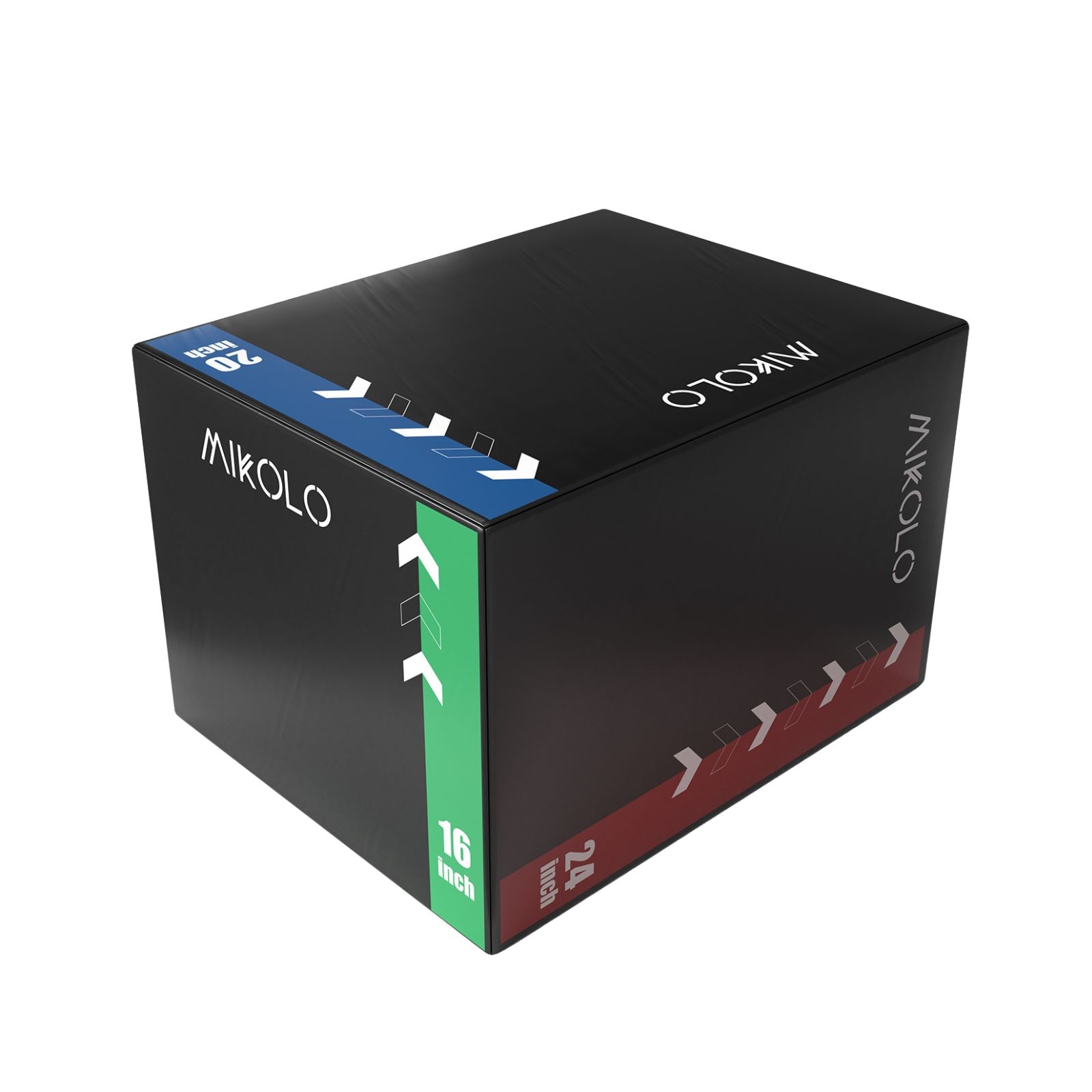

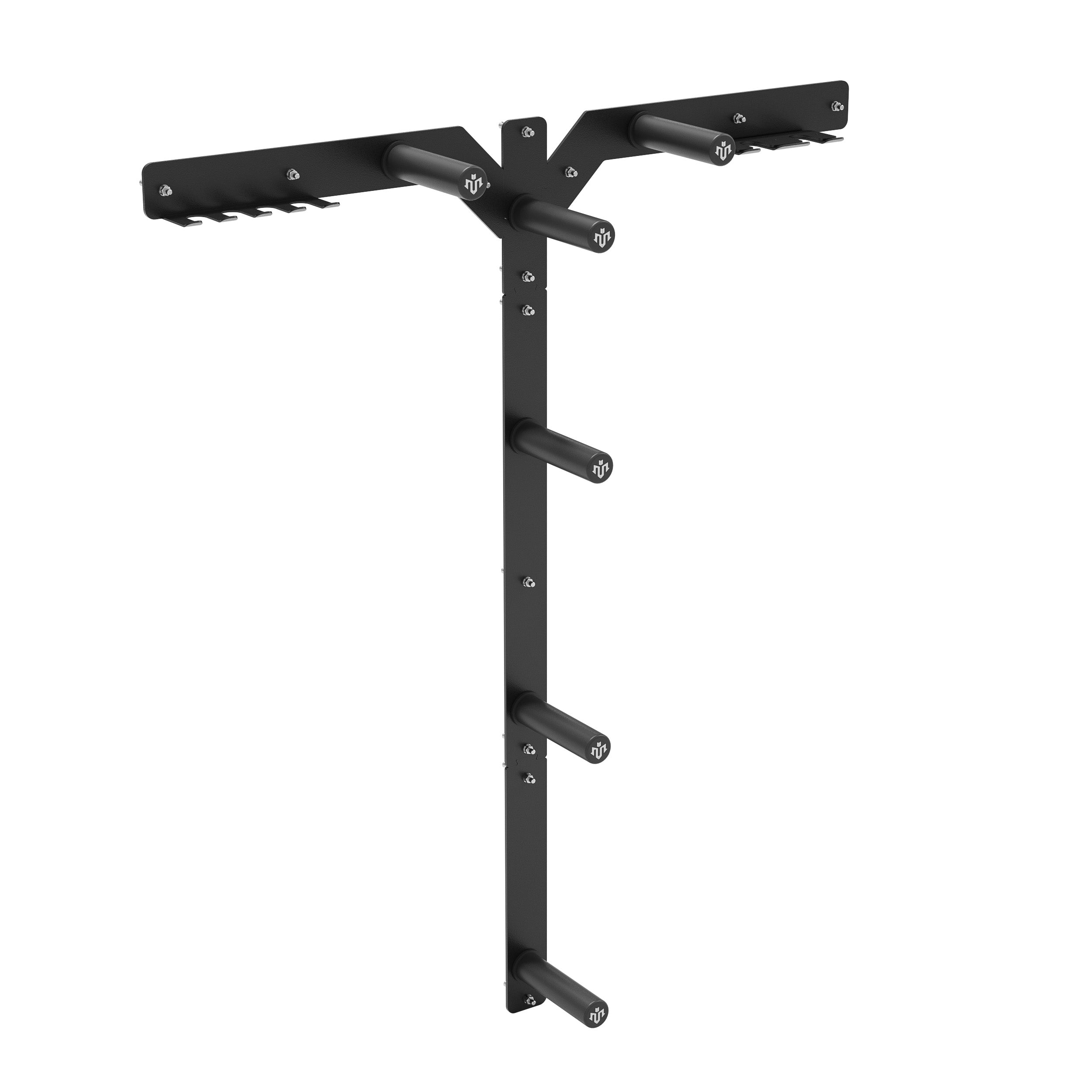




Leave a comment
This site is protected by hCaptcha and the hCaptcha Privacy Policy and Terms of Service apply.